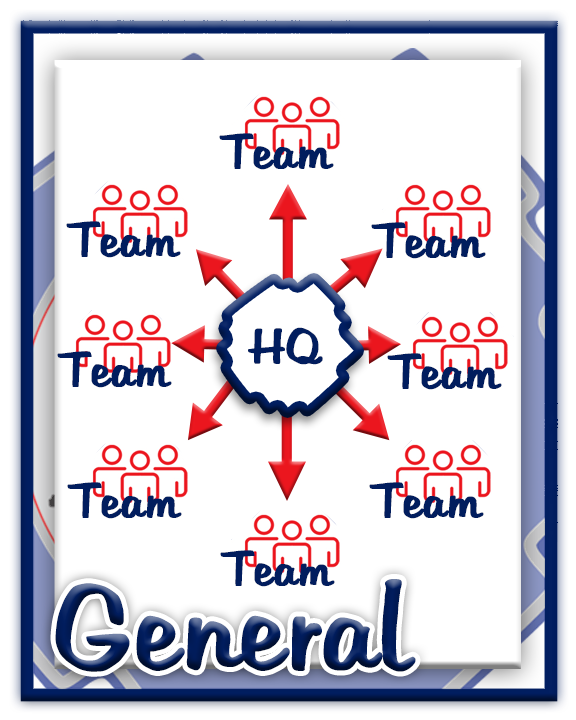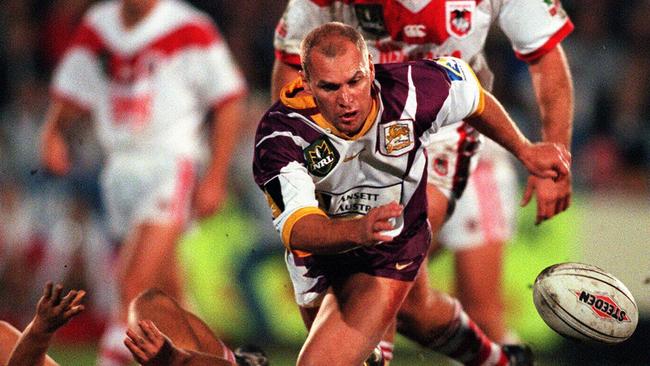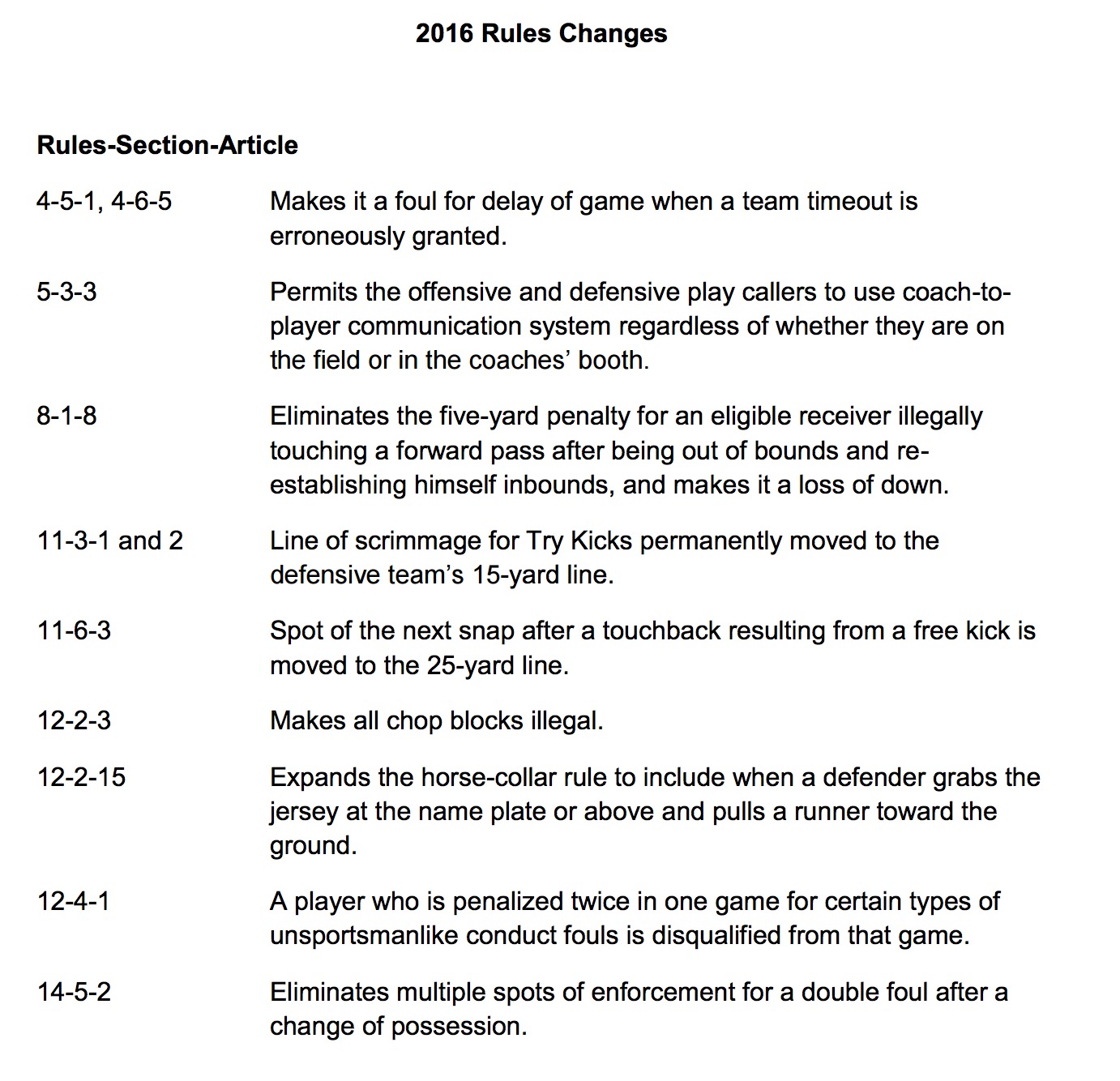Have you ever found yourself watching a thrilling game of rugby union and wondered, “How many points is a drop goal worth?” Well, you’re not alone. Understanding the intricacies of rugby’s scoring system can add a whole new layer of excitement to the sport. In this article, we’ll delve into the world of drop goals in rugby union and unveil the mystery behind their point value.
In a nutshell, a successful drop goal in rugby union is worth three points. But don’t let its seemingly straightforward point value fool you; the strategy and skill required to execute a drop goal can make it a game-changing play. In the following sections, we’ll explore the mechanics of scoring a drop goal, its historical significance, and the strategic considerations that come into play when a team decides to attempt one.
So, whether you’re a die-hard rugby fan or just someone looking to expand their knowledge of the game, join us as we break down the fascinating world of drop goals in rugby union. By the end of this article, you’ll not only know how many points a drop goal is worth but also appreciate the artistry and precision that go into executing this classic rugby maneuver. Let’s dive in!
The Basics of Scoring in Rugby Union

In the realm of rugby union, where the thundering clash of titans on the pitch echoes through stadiums worldwide, understanding the intricacies of scoring is akin to decoding the sport’s DNA. As the game unfolds, four primary avenues illuminate the path to glory on the scoreboard: tries, conversions, penalty goals, and drop goals. These distinct methods of accumulating points are the compass guiding a team’s journey toward victory, each with its own set of rules and nuances that players and fans alike must grasp to appreciate the full spectrum of rugby’s beauty.
Tries: Let’s commence with the most exhilarating route to rugby glory – the try. Picture this: a player, with sinews straining, hurtles toward the opposition’s try line, propelled by sheer determination and perhaps a dash of audacity. In the process, they manage to ground the ball over the try line, despite a swarm of defenders converging in a desperate bid to halt them. A try, signaled by the triumphant grounding of the ball, is the ultimate expression of attacking prowess and is rewarded with five precious points on the scoreboard. But the plot thickens – to make the deal even sweeter, a try also presents an opportunity for bonus points. If the scoring team can successfully convert the try by kicking the ball through the uprights, they add an additional two points to their tally. This makes a try, with a successful conversion, worth a grand total of seven points – a potent injection of momentum for any team.
Conversions: Now, let’s delve into the art of converting a try into those extra two points. After a try is scored, the scoring team gets the chance to execute a conversion kick. This kick, taken from a spot perpendicular to where the try was scored, is a test of precision and nerve. The aim is to slot the ball cleanly between the uprights and over the crossbar, demonstrating the kicker’s mettle under pressure. It’s not just about accumulating points; a successful conversion also alters the psychological dynamics of the game. Suddenly, a seven-point deficit becomes a mere five-point gap, changing the complexion of the contest. Teams have their choice of either a place kick or a drop kick for the conversion, with each having its merits and intricacies.
Penalty Goals: In rugby, discipline is paramount, and infractions by the defending team can lead to a significant swing in fortunes. When a team is awarded a penalty, often due to the opposition’s transgressions, they have the option to take a penalty kick at goal. This kick, attempted from the point where the penalty was awarded, can earn the team three points if successful. The penalty goal is a strategic weapon, offering a team a reliable method to accumulate points even when they may not be in a position to score a try. It also serves as a punitive measure against ill-discipline, ensuring that teams adhere to the rules of the game.
Drop Goals: Finally, we arrive at the enigmatic drop goal. This scoring method is the proverbial wild card in rugby’s deck of possibilities. Unlike the structured buildup of tries, conversions, or penalty goals, a drop goal often unfolds in the heat of the moment, catching both opponents and spectators by surprise. To execute a drop goal, a player must strike the ball with precision and timing while it’s in open play, allowing it to sail over the crossbar and between the uprights. A successful drop goal adds three points to a team’s total, and its spontaneity can prove to be a game-changer. It’s a play that requires split-second decision-making, expert ball-handling skills, and nerves of steel.
In essence, the fundamentals of scoring in rugby union are a symphony of strategy, skill, and sportsmanship. Each avenue – tries, conversions, penalty goals, and drop goals – contributes to the sport’s rich tapestry, offering teams multiple paths to victory and keeping fans on the edge of their seats. Whether it’s the thunderous roar of a try, the precision of a conversion, the retribution of a penalty goal, or the unexpected delight of a drop goal, rugby’s scoring system encapsulates the essence of this exhilarating sport, where every point can make the difference between triumph and defeat. So, the next time you watch a rugby match, remember that behind each point on the scoreboard lies a compelling story of strategy, execution, and the relentless pursuit of glory.
What Is a Drop Goal
In the high-stakes arena of rugby union, where every decision and every play can tip the balance between victory and defeat, the drop goal stands as a fascinating and often pivotal scoring maneuver. To truly appreciate its significance, one must first understand what a drop goal is and how it fits into the broader tapestry of the sport.
Defining the Drop Goal: At its core, a drop goal in rugby union is a method of scoring points by kicking the ball over the opponent’s crossbar and between the uprights during open play. This kick, typically executed with a swift drop of the ball to the ground followed by a precisely timed strike, can occur in the midst of the action when players are actively engaged in the game. Unlike other scoring methods, such as tries and conversions, which involve structured, planned attacks, the drop goal often unfolds spontaneously. It’s a moment of audacious decision-making, where the player assesses the situation, gauges the distance, and seizes an opportunity to secure three crucial points. This is where rugby’s artistry meets strategy, and the drop goal becomes a testament to a player’s skill, composure, and ability to read the game.
Significance in Rugby Union: The drop goal’s significance in rugby union transcends its modest point value. While three points may not seem like a game-changer in isolation, the impact of a well-timed drop goal can reverberate through an entire match. Here’s where the strategic dimension comes into play. A drop goal can break a deadlock, turning the tide in favor of the scoring team. It’s a tactical weapon, often employed when a team finds itself in a favorable position within the opponent’s territory but unable to breach their defensive line for a try. In such moments, opting for a drop goal becomes a calculated risk, a way to capitalize on an opportunity, and swing the momentum in their favor. The sudden shift in the scoreline can boost morale and demoralize the opposition, making it a game-changing play that extends beyond the points earned.
Situations for Attempting a Drop Goal: So, when do teams and players attempt drop goals? Several scenarios warrant the consideration of this audacious maneuver:
-
Nail-Biting Finishes: In tightly contested matches where every point matters, teams may opt for a drop goal when they’re within striking distance of the posts. It’s a way to secure valuable points, ensuring that the game doesn’t end in a draw or a narrow loss.
-
Late in the Game: In the dying minutes of a match, when time is running out, and a try might be difficult to achieve due to stout defensive lines, a drop goal can be a last-ditch effort to snatch victory from the jaws of defeat.
-
Pressure Situations: Drop goals often come to the fore during high-pressure situations, such as knockout stages in tournaments or World Cup finals. Players who can maintain their poise and execute under immense stress become heroes etched in rugby folklore.
-
Field Position: When a team secures excellent field position deep within the opponent’s half, but the defense holds firm, a drop goal can be the pragmatic choice. It ensures that the team leaves with points for their efforts.
-
Counter-Attacking Opportunities: Surprisingly, drop goals can also be employed in counter-attacking situations. When a turnover presents an opportunity for a quick strike, a player may decide to go for the drop goal before the opposing defense regroups.
In the heart-pounding world of rugby union, where inches and seconds matter, the drop goal stands as a testament to the sport’s unpredictability and the strategic acumen of its players. While it may not be as heralded as a try or as routine as a conversion or penalty goal, the drop goal’s ability to shift the balance of power makes it an integral part of rugby’s rich tapestry. It’s a moment of audacity, precision, and decision-making, where three points are more than just numbers – they’re a catalyst for euphoria or despair, a reflection of a player’s skill and a reminder that in rugby, the unexpected is always just a drop away.
Historical Context
In the annals of rugby union’s rich and storied history, the drop goal emerges as a time-honored technique that has not only shaped the game but also etched unforgettable moments into its chronicles. To grasp the significance of the drop goal in contemporary rugby, one must delve into its historical context and appreciate the evolution of this audacious scoring maneuver.
A Glimpse into the Past: The roots of the drop goal can be traced back to the sport’s formative years in the 19th century. As rugby union evolved from its rugby football predecessors, innovative players began experimenting with different methods of scoring, and the drop goal emerged as one such innovation. In the early days, the rules governing the drop goal were still evolving, but its allure lay in its spontaneity and the element of surprise it brought to the game.
The Evolution of the Drop Goal: It was during the late 19th and early 20th centuries that the drop goal began to find its place in the structured framework of rugby union. The 1892-1893 season witnessed the International Rugby Football Board (now World Rugby) introducing formal rules regarding drop goals, marking a significant turning point in the history of the sport. This development transformed the drop goal from a sporadic, almost whimsical play into a calculated scoring tactic.
Memorable Moments in Drop Goal History: Throughout rugby’s storied past, numerous drop goals have resonated with fans and left an indelible mark on the sport’s lore. Some of these iconic moments include:
-
Jonny Wilkinson’s 2003 Rugby World Cup Final Drop Goal: In a performance that would become legendary, England’s Jonny Wilkinson delivered a drop goal in the dying minutes of extra time during the 2003 Rugby World Cup final against Australia. The precision of his kick secured England’s first-ever World Cup victory, a moment celebrated as one of the greatest in rugby history.
-
Naas Botha’s Buzzer-Beater: South African rugby great Naas Botha etched his name into history with a dramatic drop goal in the 1986 test match against the All Blacks. The kick sailed through the posts as the final whistle blew, clinching a historic win for the Springboks.
-
Rob Andrew’s Grand Slam-Winning Drop Goal: In 1995, England’s Rob Andrew demonstrated nerves of steel when he slotted a drop goal to secure a Grand Slam in the Five Nations Championship against Scotland. His precise strike remains a cherished memory for English rugby enthusiasts.
-
Joel Stransky’s 1995 Rugby World Cup Final Heroics: Joel Stransky’s drop goal in extra time during the 1995 Rugby World Cup final between South Africa and New Zealand propelled the Springboks to their first-ever World Cup triumph, a moment that united a nation and became an enduring symbol of hope.
These historic instances not only showcase the clutch performances of legendary players but also underscore the drop goal’s ability to shift the course of a match and define the outcomes of tournaments.
How Many Points for a Drop Goal
In the dynamic arena of rugby union, where strategies ebb and flow with every pass and tackle, understanding the point system is pivotal for players and enthusiasts alike. Among the various ways to accumulate points, the drop goal holds a unique position – a scoring method that can shift the balance of power on the field. To comprehend the significance of a drop goal in rugby union, one must first grasp the number of points it awards and explore any variations in point values across different rugby formats and leagues.
The Value of a Successful Drop Goal: A successful drop goal in rugby union is worth three points. This seemingly modest point value belies the strategic importance of the drop goal in the context of a match. Unlike tries, which yield five points (with the potential for an additional two through conversion), or penalty goals that offer three points, the drop goal distinguishes itself by its impromptu nature and its potential to catch opponents off guard. The three points earned from a drop goal can significantly influence the ebb and flow of a game, turning a narrow lead into a more comfortable cushion or narrowing the gap between competing teams.
Variations Across Rugby Formats and Leagues: While the standard value of a drop goal remains consistent at three points in the majority of rugby union formats, it’s essential to acknowledge that the sport’s global landscape includes various formats and leagues, each with its unique rules and point systems. Understanding these nuances enhances one’s appreciation of the sport.
-
Rugby League: In rugby league, which diverged from rugby union, the drop goal carries the same value of one point, quite distinct from the three points it garners in rugby union. This difference in point values underscores the distinct character and strategic nuances between the two rugby codes. In rugby league, the drop goal often serves as a tactical means to secure a narrow victory or extend a lead incrementally.
-
Sevens Rugby: The lightning-paced world of rugby sevens offers another twist. In this abbreviated format of the game, the drop goal remains worth three points, aligning with the rugby union tradition. However, the faster tempo and open spaces of sevens rugby mean that drop goals are less common compared to traditional rugby union matches. When they do occur, though, their impact can be game-changing, given the smaller point differentials that often characterize sevens contests.
-
Regional and Club Leagues: Various regional and club rugby leagues may introduce minor variations in point values, but the three-point standard for a successful drop goal remains largely consistent. However, as rugby continues to evolve and adapt, leagues occasionally experiment with rule changes and point adjustments to enhance the excitement of the game, making it essential for enthusiasts to stay updated on the latest regulations within their specific rugby community.
The Process of Scoring a Drop Goal
The art of scoring a drop goal in rugby union is a finely tuned skill that demands precision, split-second decision-making, and a deep understanding of the game’s dynamics. It’s a moment where the stars align, and a player seizes an opportunity to secure three vital points for their team. To comprehend the intricacies of successfully scoring a drop goal, one must delve into the step-by-step process and appreciate the key skills that underpin this audacious maneuver.
The Steps to Scoring a Drop Goal:
-
Positioning: The first crucial step in the process is positioning. The player must find themselves in a favorable field position, ideally within striking distance of the opponent’s goalposts. This often requires meticulous teamwork and strategic play to advance the ball into the right territory.
-
Ball Reception: With the team’s efforts positioning the ball within range, the player designated to attempt the drop goal must prepare to receive it. This involves a clean pass or a well-placed kick from a teammate.
-
Ball Control: Once the ball is in the player’s hands, control is paramount. They must secure the ball with precision, cradling it in their grasp, ready for the ensuing action.
-
Timing: Timing is everything in the execution of a drop goal. The player must decide when to release the ball from their hands and onto the ground. This moment is critical, as it must align with the optimal position to strike the ball cleanly.
-
Strike: With the ball delicately dropped onto the turf, the player swiftly transitions into the striking phase. Their dominant foot arcs towards the ball, and with an expertly timed and controlled kick, they make contact, propelling the ball through the air.
-
Trajectory and Aim: The trajectory and aim of the kick are paramount. The player aims to send the ball sailing through the uprights, with just enough height to clear any defenders attempting to block the kick.
-
Follow-Through: A proper follow-through is essential to ensure accuracy and power. The player’s leg swings smoothly, and their body positioning remains balanced, allowing for a clean and controlled strike.
-
Observation: As the ball sails toward the goalposts, the player remains an astute observer. They track the ball’s trajectory, making minor adjustments if needed to ensure its path aligns with the intended target.
-
Celebration or Defense: If the kick is successful and the ball bisects the uprights, the player and their team celebrate this pivotal moment. However, if the kick falls short or veers wide, they must swiftly transition into a defensive mindset, as the opposition may counter-attack from the drop-out.
Key Skills Required:
-
Accuracy: Precision is non-negotiable. A successful drop goal hinges on the player’s ability to strike the ball accurately and consistently.
-
Composure: Drop goals often occur under immense pressure, and composure is vital. Players must maintain a calm and focused demeanor, even as the clock ticks down and the outcome hangs in the balance.
-
Decision-Making: The decision to attempt a drop goal should be strategic and well-timed. Players must possess the judgment to recognize the opportune moments when a drop goal is the best course of action.
-
Ball Handling: Expert ball handling is a fundamental skill. Players must be able to receive the ball cleanly and maintain control under pressure.
-
Kicking Technique: A proficient kicking technique is the linchpin of a successful drop goal. This includes proper foot placement, balance, and follow-through.
Strategic Considerations

In the intricate realm of rugby union, where every decision carries weight and strategies are woven into every pass and tackle, the choice to attempt a drop goal is a calculated maneuver that can tip the scales of victory in a team’s favor. This strategic consideration is a delicate dance of timing, context, and intuition, and it often hinges on a deep understanding of when and why a drop goal might be the optimal choice over other scoring methods.
Timing Is Everything: The decision to attempt a drop goal is often a matter of impeccable timing. Unlike tries, which demand coordinated offensive efforts and conversions, which may be influenced by the proximity of the posts, a drop goal can be executed with remarkable swiftness. It’s a weapon of choice when there’s limited time on the clock, or when a team finds itself in a position where breaking through the opposing defense for a try seems daunting. The suddenness of a drop goal can catch opponents off guard, turning the tables when least expected.
Narrowing the Gap: One of the prime scenarios where a drop goal shines is when a team is trailing by a narrow margin. Let’s envision a test match where the score is 20-21, and there’s only a minute left on the clock. Attempting a drop goal becomes a viable option, as securing three points in that fleeting moment can propel the team to victory. It’s a tactical decision driven by the need to make the most of a limited opportunity.
Breaking Defensive Resilience: In rugby, staunch defensive lines can be an impenetrable fortress. When a team repeatedly finds itself thwarted in their attempts to score tries, opting for a drop goal can be a shrewd move. By splitting the uprights with precision, a team can accumulate points even when the try line seems impervious. This strategic shift can force the opposing team to adjust their defensive stance, potentially creating openings for future tries.
Pressure Situations and Momentum Shifts: Rugby is a sport where momentum can swing swiftly from one side to another. In high-pressure situations, such as World Cup finals or decisive playoff matches, teams may choose to attempt a drop goal to break the deadlock. A successful kick not only accumulates points but can also breathe life into a team, energizing players and fans alike. It’s a tactical play that can be a catalyst for a monumental shift in momentum.
Examples of Strategic Drop Goals: To illustrate the strategic brilliance of drop goals, consider these iconic moments:
-
Jonny Wilkinson’s 2003 Rugby World Cup Final Drop Goal: As mentioned previously, Jonny Wilkinson’s drop goal in the final moments of the 2003 Rugby World Cup not only secured a historic victory for England but also showcased the strategic genius of choosing a drop goal in a high-pressure situation.
-
Rob Andrew’s Grand Slam-Winning Drop Goal: In 1995, Rob Andrew’s drop goal secured a Grand Slam for England in the Five Nations Championship. It was a strategic decision that highlighted the importance of securing points under immense pressure.
-
Joel Stransky’s 1995 Rugby World Cup Final Heroics: Joel Stransky’s drop goal in extra time during the 1995 Rugby World Cup final between South Africa and New Zealand exemplified the power of a drop goal in the most pressure-filled moments of the sport.
In conclusion, the decision to attempt a drop goal in rugby union is a strategic consideration that reflects the dynamic nature of the sport. It’s a calculated risk that can yield substantial rewards, whether by narrowing the score gap, breaking defensive resilience, or shifting momentum. In the theater of rugby, where every decision matters, the choice to go for a drop goal is a testament to the strategic acumen of players and coaches, reminding us that sometimes, a moment of audacity can define the course of a match and etch itself into the annals of rugby history.
Notable Drop Goal Scorers
In the annals of rugby union history, certain players stand out not only for their exceptional skills but also for their prowess in scoring drop goals. These legendary individuals have left an indelible mark on the sport, with their ability to seize critical moments and secure vital points for their teams. Here, we highlight some notable drop goal scorers whose names resonate through rugby lore, accompanied by statistics and anecdotes that illuminate their extraordinary reputations.
Jonny Wilkinson: The name Jonny Wilkinson is synonymous with precision and clutch performances. The English fly-half etched his name into rugby history with a drop goal that secured England’s victory in the 2003 Rugby World Cup final. Wilkinson’s impeccable kicking technique and unwavering composure under pressure made him a legendary figure in the sport. He holds the record for the most drop goals in Rugby World Cup history, with a remarkable tally of 14. Wilkinson’s commitment to excellence and his ability to deliver when it mattered most have solidified his status as one of rugby’s all-time greats.
Rob Andrew: Rob Andrew, another English rugby luminary, is celebrated for his drop goal heroics during the Five Nations Championship in 1995. In a tense match against Australia, Andrew calmly slotted a drop goal that secured a Grand Slam for England. His ability to execute drop goals with clinical precision earned him a reputation as one of the sport’s premier kickers. Andrew’s contribution to England’s rugby legacy extends beyond that iconic moment, as he continued to display remarkable accuracy throughout his career.
Joel Stransky: Joel Stransky’s drop goal in the 1995 Rugby World Cup final holds a special place in the hearts of South African rugby fans. The Springboks faced off against New Zealand in a riveting encounter, and in extra time, with the score tied, Stransky stepped up to the plate. His precise drop goal secured South Africa’s first Rugby World Cup triumph, a historic moment that transcended sport and symbolized a nation’s unity. Stransky’s ability to deliver under immense pressure solidified his status as a rugby legend.
Naas Botha: Naas Botha, a South African rugby icon, is renowned for his drop goal prowess. Botha’s career spanned the late 1970s to the early 1990s, during which he established himself as one of the most prolific drop goal kickers in rugby history. His accuracy and ability to score drop goals from various positions on the field made him a constant threat to opposing teams. Botha’s impact on the sport extended beyond drop goals, as he contributed significantly to South African rugby’s development during a pivotal era.
Dan Carter: New Zealand’s Dan Carter is widely regarded as one of the greatest rugby players of all time, and his proficiency in scoring drop goals is just one facet of his brilliance. Carter’s ability to execute drop goals with both precision and power added yet another dimension to his game. His drop goal during the 2015 Rugby World Cup semifinal against South Africa showcased his composure in high-stakes situations. With 29 drop goals to his name in international rugby, Carter’s legacy as a versatile and exceptional player is firmly established.
Contemporary Significance
In the ever-evolving landscape of modern rugby union, the significance of drop goals continues to be a topic of discussion and strategic consideration. While the sport has seen numerous transformations over the years, the art of scoring drop goals remains a potent weapon in a team’s arsenal. Understanding the contemporary relevance of drop goals and exploring recent developments and trends within the sport sheds light on their enduring importance.
Strategic Versatility: Drop goals, in the contemporary rugby landscape, offer a strategic versatility that cannot be overlooked. In matches where tries prove hard-fought and conversions are far from guaranteed, opting for a drop goal can be a pragmatic choice. It’s a reliable method to secure points, especially in situations where a team is in close proximity to the opponent’s try line but faces a formidable defense. The ability to pivot from attack to drop goal mode showcases a team’s adaptability and tactical acumen.
Pressure Moments: In high-pressure moments, such as knockout rounds in major tournaments or closely contested league matches, the value of a drop goal becomes even more apparent. When the scoreboard is tight and the clock is ticking down, a well-executed drop goal can be the difference between victory and defeat. It can shift the momentum in favor of the team with the poise and precision to seize the moment.
Redefining the Fly-Half Role: The role of the fly-half, traditionally known for orchestrating attacking moves and setting up tries, has evolved in the modern game. Contemporary fly-halves are expected to possess a multifaceted skill set that includes drop goal proficiency. This evolution has redefined the expectations of players in this pivotal position, highlighting the need for adaptability and the ability to make split-second decisions based on the unfolding match dynamics.
Data-Driven Decision Making: In the era of data analytics and video technology, teams have access to a wealth of information that informs their strategic choices. Coaches and players can analyze opponent patterns, defensive formations, and scoring opportunities more comprehensively. This data-driven approach has led to an increased awareness of when drop goals may offer a strategic advantage, further emphasizing their contemporary significance.
Recent Developments: Recent developments in rugby union, including changes in game rules and regulations, have influenced the role of drop goals. The introduction of bonus-point systems in various leagues has placed greater importance on scoring consistently throughout a match, and drop goals can contribute significantly to achieving this goal. Moreover, the adoption of extended TMO (Television Match Official) reviews has heightened the precision required in executing drop goals, as every point matters and scrutiny is intense.
The Du Preez Brothers: South African rugby has witnessed a resurgence in drop goal proficiency, notably through the du Preez brothers, Robert and Jean-Luc. Their ability to execute drop goals with accuracy has been a strategic asset for both their club and national teams. In recent years, they have showcased how the art of the drop goal continues to thrive in contemporary rugby.
How Many Points for a Drop Goal in Rugby Union – Conclusion
The importance of drop goals in rugby union cannot be overstated: they serve as a testament to the players’ skill, composure, and strategic thinking; they also serve as a measure of how much effort is put into a goal. Although drop goals are not as common as tries or penalty goals, they may be the difference in a match. Because of their historical significance and legends associated with them, they have become a significant part of the history and folklore of the game.
Understanding the importance and significance of drop goals improves the rugby watching experience for fans, allowing them to appreciate the split-second decisions and pinpoint accuracy required to score a successful drop goal. There is always that one goal that leaves spectators on the edge of their seats, whether it is a World Cup final nail-biter or a heated local derby.
Drop goals continue to evolve in the game of rugby union, and the strategies and techniques used to score them are constantly changing. Teams are capable of performing drop goals in modern rugby because they require adaptability. So, next time you see a player lined up for a drop goal in a rugby match, you’ll realize that those three points are more than just numbers on a board; they serve a tactical purpose and can determine the outcome of the game. You’ll have plenty of time to enjoy the game, and remember that every point counts during a rugby union match.








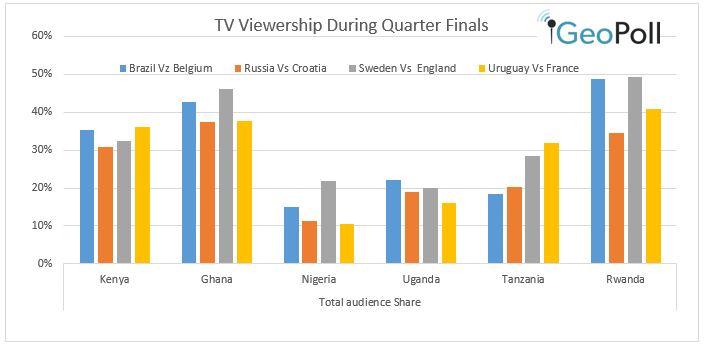







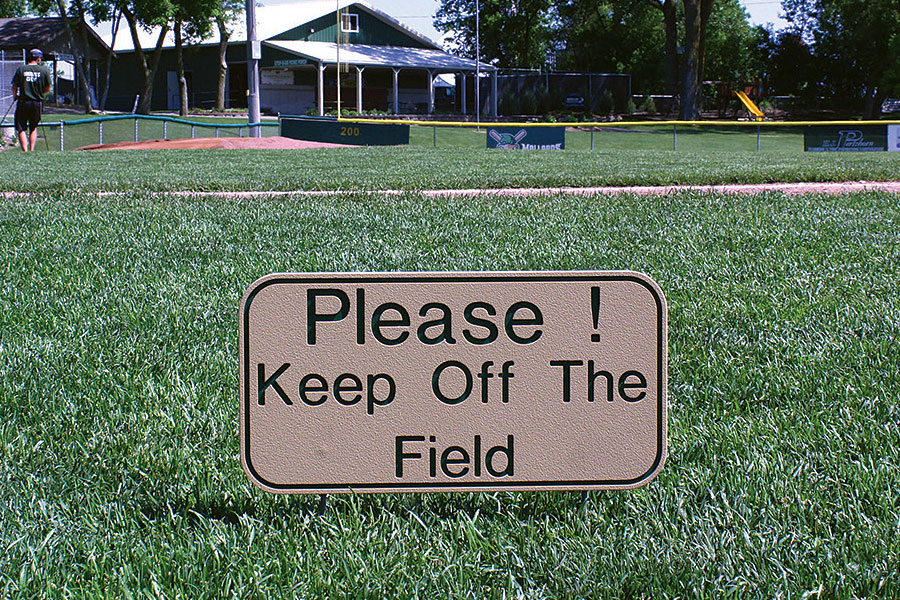

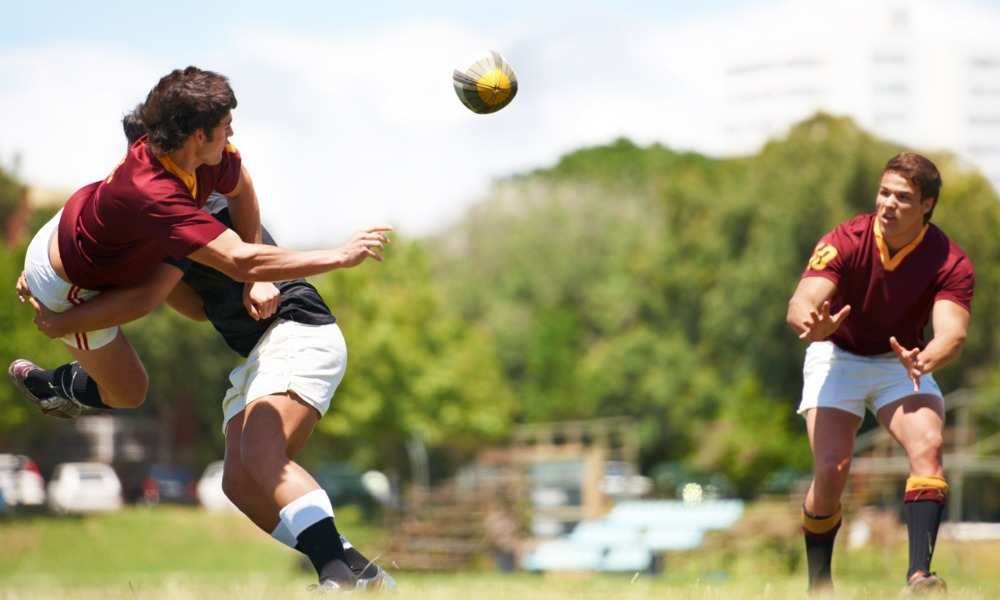


/cdn.vox-cdn.com/uploads/chorus_image/image/66877646/1203672984.jpg.0.jpg)




